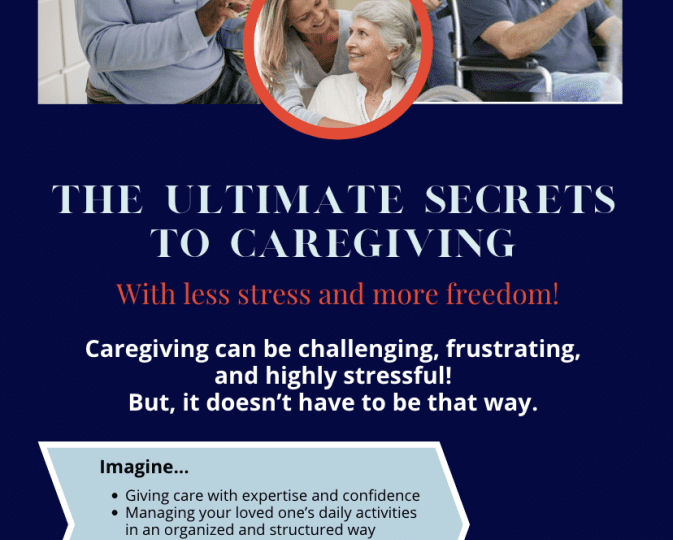What is Osteoporosis
The statistics ring a warning bell.
Understanding the disease
The many signs of osteoporosis include:
Factors that increase the chances of developing osteoporosis
Age. People 50 years and above are at an increased risk of developing osteoporosis.
Gender. Women are more prone to develop osteoporosis than men.
Premature Menopause. Women who go through menopause early have decreased estrogen production. Which is a potent risk factor for osteoporosis.
A diet is deficient in calcium. When your body does not get enough calcium from foods, it gradually takes calcium from the bones. As a result, the bones are free of calcium, resulting in the reduction of bone mass.
The family history of osteoporosis. Osteoporosis runs in the family. There is a chance other members will develop the condition as well.
Sedentary lifestyle. Not doing enough exercise decreases bone strength, paving the way for osteoporosis.
Smoking
Alcohol abuse
Certain medications, when used for prolonged durations
Cancer treatments
All you need to know about lowering your odds
Steps to lower the osteoporosis odds include:
Intake of calcium-rich foods: Calcium builds strong bones. The best way to get calcium is to eat a diet rich in calcium. The foods that are excellent sources of calcium include Milk and dairy products *Fatty fish such as salmon and sardines *Dark green leafy vegetables, spinach, and collard greens.
Another way of improving the body’s calcium supply is to take supplements. However, the intake of calcium from foods is much better as compared to supplements. Because calcium supplements fail to improve bone health beyond a certain level. Therefore, the best way is to combine a calcium-rich diet and supplements.
More tips to keep strong bones
Additional tips
Caregiving can be challenging, frustrating, and highly stressful!
But it doesn’t have to be that way.
I will tailor the sessions to your specific needs to:
Additional Education
Education in caregiving refers to acquiring the knowledge, skills, and understanding necessary to provide care for individuals who require assistance with activities of daily living, such as bathing, dressing, eating, and grooming. This education can be obtained through formal programs or on-the-job training and experience. Education in caregiving aims to equip individuals with the skills and knowledge necessary to provide high-quality, compassionate care for those in need.
Caregiving can be challenging, frustrating, and highly stressful!
But . . . it doesn’t have to be that way.
Imagine . . .
Giving care with expertise and confidence
Managing your loved one’s daily activities in an organized and structured way
You follow a proven caregiving system that provides for your loved one’s needs while giving you peace of mind.
If the above sounds like what you need and have been searching for desperately . . . Then you need to enroll in The Ultimate Secrets to Caregiving with LESS Stress and MORE peace course!
Conclusion
In conclusion, supporting a loved one with osteoporosis requires understanding, empathy, and proactive measures. We can provide informed assistance and emotional support by educating ourselves about the condition and its challenges. Encouraging a healthy lifestyle focusing on proper nutrition, regular exercise, and fall prevention can significantly improve their quality of life and reduce the risk of fractures. Open communication and patience are essential in addressing their concerns and fears. Additionally, attending medical appointments and helping with medication management can be instrumental in managing the condition effectively. Remember, with the right approach and care. We can positively impact our loved one’s journey with osteoporosis, enabling them to live life to the fullest despite the challenges they face.
The post How To Help Your Loved One With Osteoporosis appeared first on The Caregiving Strategist.

